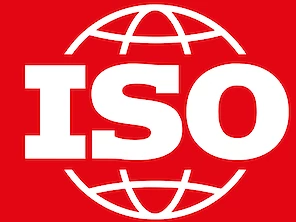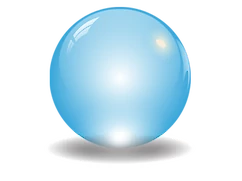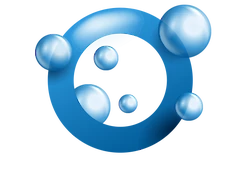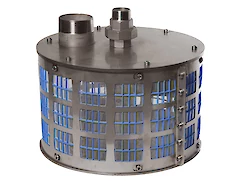پتانسیل زتا
Understanding Zeta Potential in Nanobubbles
Warning: Attempt to read property "url" on null in /var/www/cpw/site/templates/_init.php on line 716
" alt="
Warning: Attempt to read property "description" on string in /var/www/cpw/site/templates/_init.php on line 716
">
Warning: Attempt to read property "url" on null in /var/www/cpw/site/templates/_init.php on line 721
" alt="
Warning: Attempt to read property "description" on string in /var/www/cpw/site/templates/_init.php on line 721
">
Nanobubbles—tiny gas-filled bubbles with diameters less than 200nm—are creating new opportunities in water treatment, agriculture, and medical applications. An essential property influencing their behavior and stability is the zeta potential.
What Is Zeta Potential?
Zeta potential is the electrical potential at the slipping plane of a particle suspended in a fluid. In the case of nanobubbles, the surface of each bubble often acquires a charge when in contact with water. This negative or positive surface charge attracts counterions, forming a tightly bound layer known as the Stern layer and a more diffuse outer layer of ions. The zeta potential is the voltage measured at the interface where the mobile fluid layer "slips" past the stationary layer of ions as the nanobubble moves through it.
Why Is Zeta Potential Important for Nanobubbles?
- Stability: A high absolute zeta potential (positive or negative) means that nanobubbles repel each other, reducing the likelihood of coalescence and enhancing their stability in suspension.
- Aggregation: When the zeta potential is low, attractive forces can dominate, causing nanobubbles to cluster and collapse, which is undesirable for most applications.
Measuring and Interpreting Zeta Potential
Zeta potential is usually measured in millivolts (mV). Nanobubbles with zeta potentials above +30mV or below –30mV are considered highly stable in aqueous solutions. Operators of nanobubble generators routinely measure and adjust conditions such as pH and ionic strength to modulate zeta potential and optimize nanobubble performance.
Understanding zeta potential enables nanotechnology engineers to fine-tune nanobubble stability for specific industrial and biomedical applications, resulting in more efficient and reliable processes.
پیوندها
2 پیوند به صفحات دیگر: zeta potential
شستشوی سطوح و لباسها یکی از زمینههای امیدوارکننده است که نانوحبابها میتوانند تفاوتی در کاربرد آنها ایجاد کنند. کاهش میزان مواد شوینده، تاثیر مثبتی بر کاهش آلودگی دارد، شستشوی لباسها بدون مواد شوینده، به نفع محیط زیست است. نانوحبابها میتوانند کشش سطحی آب را کاهش دهند، مقادیر زیادی مولکولهای اکسیژن در حبابها آب را منفی میکنند.
خواص الکتریکی حباب های گاز در تعیین برهمکنش نانوحباب ها در صورت ادغام و زمان ادغام آنها و نحوه برهمکنش آنها با مواد دیگر مانند ذرات جامد یا قطرات نفت مهم است. دانش در مورد این به توسعه کاربردها برای مثال، کفگیرهای پروتئینی، شناورسازی کف، پردازش مواد غذایی، سطوح شستشو و تصفیه کمک می کند.







